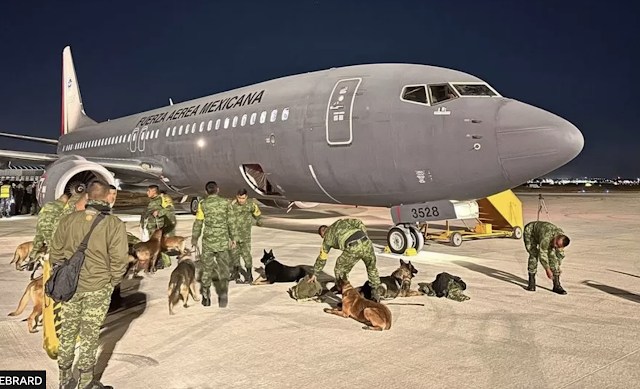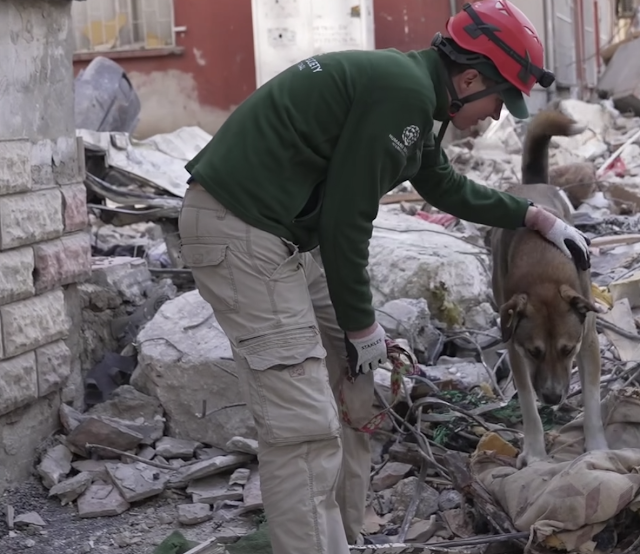It’s a debate as old as time – dogs versus cats – and how much their owners care for them.
Are people really either a ‘dog’ or cat’ person? Do they have to be different, and must they be one or the other?
Now new research published in Psychology Today sheds light on owners’ attitudes and devotion to their beloved companions, investigating whether dog or cat owners have a stronger emotional attachment for their respective pets.
A difficult thing to determine, you would think, as it would be based on loyalty, devotion and love for the companion animal. However the study quantified it by asking how much an owner would be prepared to spend on their dog or cat on life-saving veterinary care, should it be needed.
Owners, were asked “if your pet had a life-threatening problem and could be saved by a medical procedure, what would you be willing to pay for treatment?’.
The amount dog owners were prepared to spend was approximately double that of cat-owners on cats!
However, certain factors need to be considered...
For example, dogs, on average, are taken to the vet twice as often as cats, and are more likely to receive preventative care such as vaccinations and dental treatment. This could show that dog owners are more used to the financial demands of ownership, and therefore more willing to accept that they will pay more for an emergency medical procedure.
Many owners of both dogs and cats have medical insurance, and this is also likely to affect their answer.
Dogs can also be ‘high maintenance’, with owners willing to pay for regular grooming and in some cases day care for walking or drop in visits for their dog. Cats, on the other hand, are usually more ‘low maintenance’, can be groomed by the owner or groom themselves, and being more independent, can be left without company for longer periods.
Whilst the findings are interesting, it is hard to accept that simply because dog owners are willing to spend more on emergency care, it means they are more devoted to their animal companion.
Many cat owners are utterly devoted to their pets, and will do whatever is necessary for them if needed. As a lifelong cat owner, I can certainly vouch for this. The bond that a cat and its owner has is every bit as special as dog and owner. Cats are sometimes more selective about who they give affection to, so to be ‘chosen’ by a cat is indeed special. Cat owners are more likely to have more than one pet, too.
Many people have both cats and dogs (or have owned both but not simultaneously) and love them equally. Those who have both would be unlikely to prioritise one over the other, as they are all part of the family.
So, whilst the research produced interesting findings, it is difficult to quantify by money alone how devoted owners are to their animals. The bond between any good owner and companion, no matter what species or breed, is priceless.























